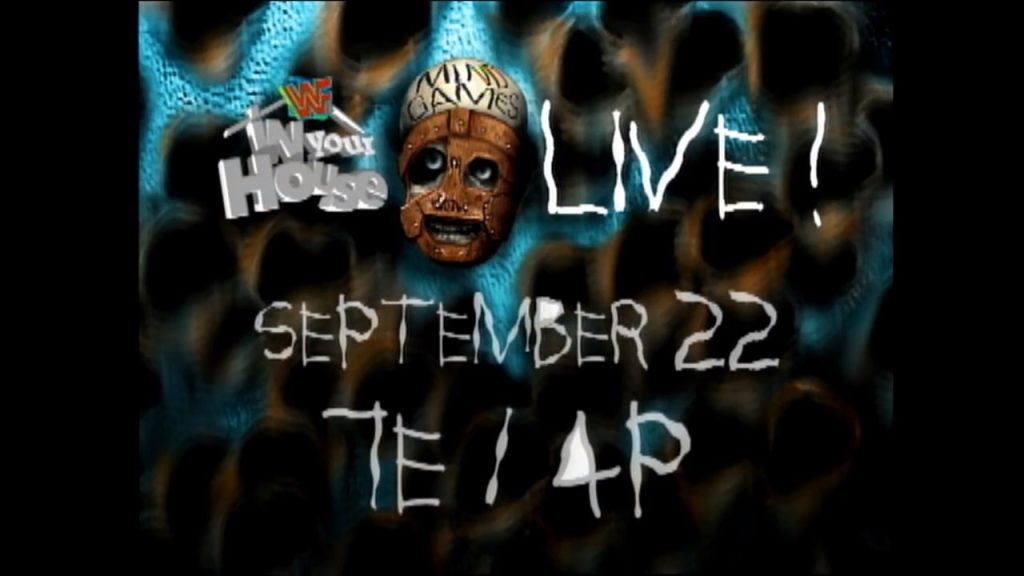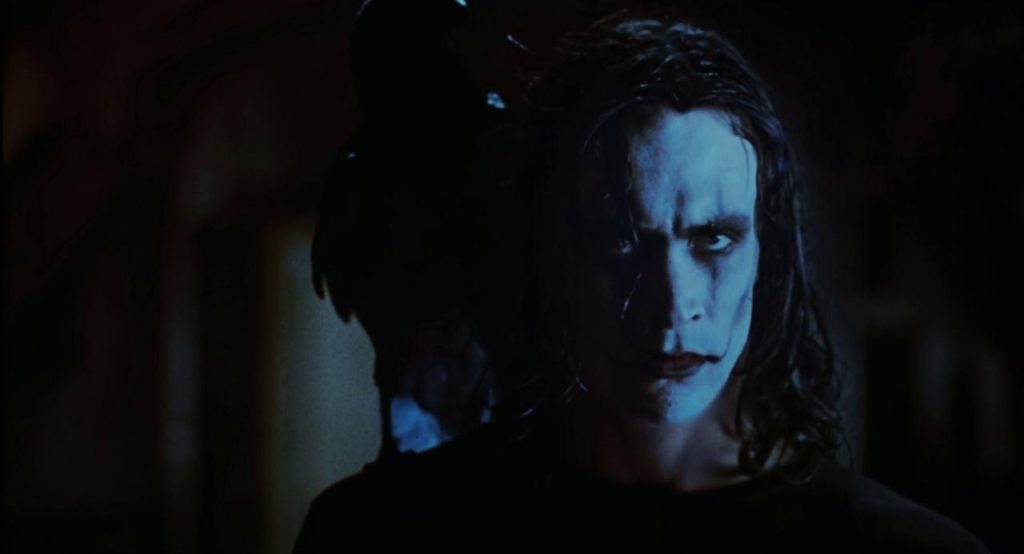WWF Royal Rumble ’94 (1994) – A Retrospective Review

WWF Royal Rumble 1994: An In-depth Analysis
The 1994 Royal Rumble, held on January 22 at the Providence Civic Center in Providence, Rhode Island, stands out as one of the more dramatic and storyline-rich events in the history of the World Wrestling Federation. It was an evening marked by fierce competition, intriguing plot developments, and the memorable double victory in the Royal Rumble match itself, a unique occurrence in the event’s storied history.

Tatanka vs. Bam Bam Bigelow
The event kicked off with a heated match between Tatanka and Bam Bam Bigelow. Both wrestlers were at the peak of their popularity, with Tatanka riding a wave of fan support due to his undefeated streak that had only recently ended. Bam Bam Bigelow, known for his agility despite his size, presented a formidable challenge.

The match showcased Tatanka’s resilience and fighting spirit as he navigated the power moves and high-flying tactics of Bigelow. Ultimately, Tatanka secured the victory, adding another significant triumph to his career and setting a high energy tone for the rest of the evening.

The Quebecers vs. Bret and Owen Hart – Tag Team Championship
The Quebecers, a heel tag team composed of Jacques and Pierre, were known for their brash, arrogant personas and were the reigning WWF Tag Team Champions at the time. Bret Hart, already a well-established singles competitor and multiple-time WWF Champion, teamed up with his younger brother Owen, who was carving out his own identity in the WWF.

The match itself was a showcase of excellent tag team wrestling, with both teams demonstrating great chemistry and in-ring abilities. Bret and Owen, with their technical wrestling style, contrasted well against the more rough-and-tumble approach of The Quebecers. The match ebbed and flowed, with both teams gaining and losing the upper hand at different points.
The real drama, however, unfolded towards the end of the match. Bret Hart, playing the role of a resilient hero, was nursing a kayfabe (scripted) knee injury. Despite this, he continued to fight valiantly, refusing to tag out and give his brother a chance. This ultimately led to the referee stopping the match, declaring The Quebecers the winners by disqualification due to Bret’s inability to continue.
Post-match, frustrations boiled over, leading to a critical moment in the Hart brothers’ storyline. Owen, feeling overshadowed and neglected by his brother’s refusal to tag him in, turned on Bret, kicking his injured leg and solidifying a heel turn. This act of betrayal was shocking to the audience and set the stage for one of the most intense and emotionally charged feuds in wrestling history.
This match was more than just a tag team championship bout; it was a narrative turning point. The aftermath of the match led to a series of events that culminated in a legendary brother-vs-brother match at WrestleMania X, where Owen defeated Bret in a critically acclaimed opening contest. The feud between the Hart brothers would continue throughout the year, adding depth to both characters and elevating Owen’s status within the WWF.
In retrospect, the match between The Quebecers and the Hart brothers at Royal Rumble 1994 is remembered not only for its in-ring action but more so for its storytelling and the pivotal role it played in the Hart brothers’ saga. It was a defining moment that showcased the power of narrative in professional wrestling.

Razor Ramon vs. Irwin R. Schyster – Intercontinental Championship
Razor Ramon defending his Intercontinental Championship against Irwin R. Schyster (IRS) was more than a title match. It was a clash of characters – the street-smart Ramon against the corporate, rule-enforcing IRS. This match, while technically sound, was overshadowed by the larger narratives unfolding in the event which starts with a controversy involving Shawn Michaels.
The controversy began in the latter part of 1993. Shawn Michaels, who was the Intercontinental Champion at the time, was suspended and stripped of the title. However, Michaels never lost the title in a match, and during his suspension, he continued to make appearances on WWF television with his own Intercontinental Championship belt, claiming to be the rightful champion.
In his absence, the WWF held a battle royal followed by a match between the last two participants, Razor Ramon and Rick Martel, to crown a new champion. Razor Ramon emerged victorious, becoming the officially recognized Intercontinental Champion. This set up a scenario where there were two wrestlers, Razor Ramon and Shawn Michaels, each claiming to be the legitimate champion.
At the 1994 Royal Rumble, Razor Ramon defended the Intercontinental Championship against IRS. During this match, Shawn Michaels, who had returned from suspension, made a crucial appearance. Michaels interfered in the match, attacking Razor Ramon. This interference was a continuation of the storyline, emphasizing Michaels’ claim to the title and his ongoing feud with Razor Ramon. Ultimately, with the help of a backstage ref, Razor Ramon defeated Irwin to retain his belt and set up the Ladder Match at WrestleMania X.

The Undertaker vs. Yokozuna – Casket Match for the WWF Championship
The Casket Match for the WWF Championship between The Undertaker and Yokozuna was a spectacle of the bizarre and the surreal. This match, laden with supernatural undertones, was as much a theatrical performance as it was an athletic display. The involvement of almost every heel in the locker room to help Yokozuna was a testament to The Undertaker’s indestructible persona. The eventual “demise” of The Undertaker was a moment that combined horror, awe, and a touch of the ridiculous.

The Royal Rumble Match
The Royal Rumble match itself was an encapsulation of the entire WWF narrative spectrum. It had everything: surprise returns, enduring feuds, and the Diesel push. Diesel’s dominant performance, where he eliminated a record number of participants in quick succession, was a clear indication of WWF’s intention to make him a star. This moment in the spotlight was as much about Diesel’s in-ring abilities as it was about backstage decisions shaping the future of the company.
As the match neared its end, the final four wrestlers in the ring were Lex Luger, Bret Hart, Shawn Michaels, and Fatu. After Fatu was eliminated, the tension escalated with Luger, Hart, and Michaels battling for supremacy. Michaels was eventually eliminated, leaving Luger and Hart as the last two competitors.
In the climactic moment, both Luger and Hart fought near the ropes. In a sequence that seemed almost choreographed, they both went over the top rope and hit the floor simultaneously. The referees at ringside were initially unsure of who the winner was, as it appeared that both men’s feet touched the ground at the same time.
The confusion led to a moment of chaos, with referees and officials debating over who should be declared the winner. From one angle, it seemed like Luger hit the floor first, and from another angle, it appeared that Hart did. This ambiguity added to the drama of the moment.
After several minutes of discussion, with both wrestlers and the audience in suspense, WWF President Jack Tunney arrived at ringside to make a final decision. In an unprecedented move, Tunney declared both Luger and Hart as co-winners of the match.
The dual victory of Bret Hart and Lex Luger was a controversial and somewhat confusing end to the match. This booking decision was a clear indication of the WWF’s indecisiveness in choosing their next top face. The simultaneous win was unprecedented and left the fans in a state of mixed excitement and bewilderment. This finish set up a unique scenario heading into WrestleMania X, where both Luger and Hart were given opportunities to wrestle for the WWF Championship. The decision to have co-winners was also reflective of the WWF’s storyline direction at the time. Both Luger and Hart were being positioned as top babyface (heroic) characters, and the dual victory allowed the WWF to explore different narrative paths with both wrestlers heading into their premier event, WrestleMania.
Behind the Scenes
Behind the scenes, the 1994 Royal Rumble was a microcosm of the larger machinations at play in the WWF. The Diesel push was a strategic move, highlighting the company’s constant search for the next big star to carry the brand forward. The Hart brothers’ feud was a blend of real-life tensions and scripted storylines, showcasing the blurred lines between persona and person.
In retrospect, the 1994 Royal Rumble was not just a wrestling event; it was a narrative and marketing tool, a showcase of characters over pure wrestling, and a reflection of the WWF’s evolving approach to sports entertainment. The event, with all its grandeur and gaffes, was a precursor to the Attitude Era, where storylines would become even more outrageous and characters even more larger than life.




